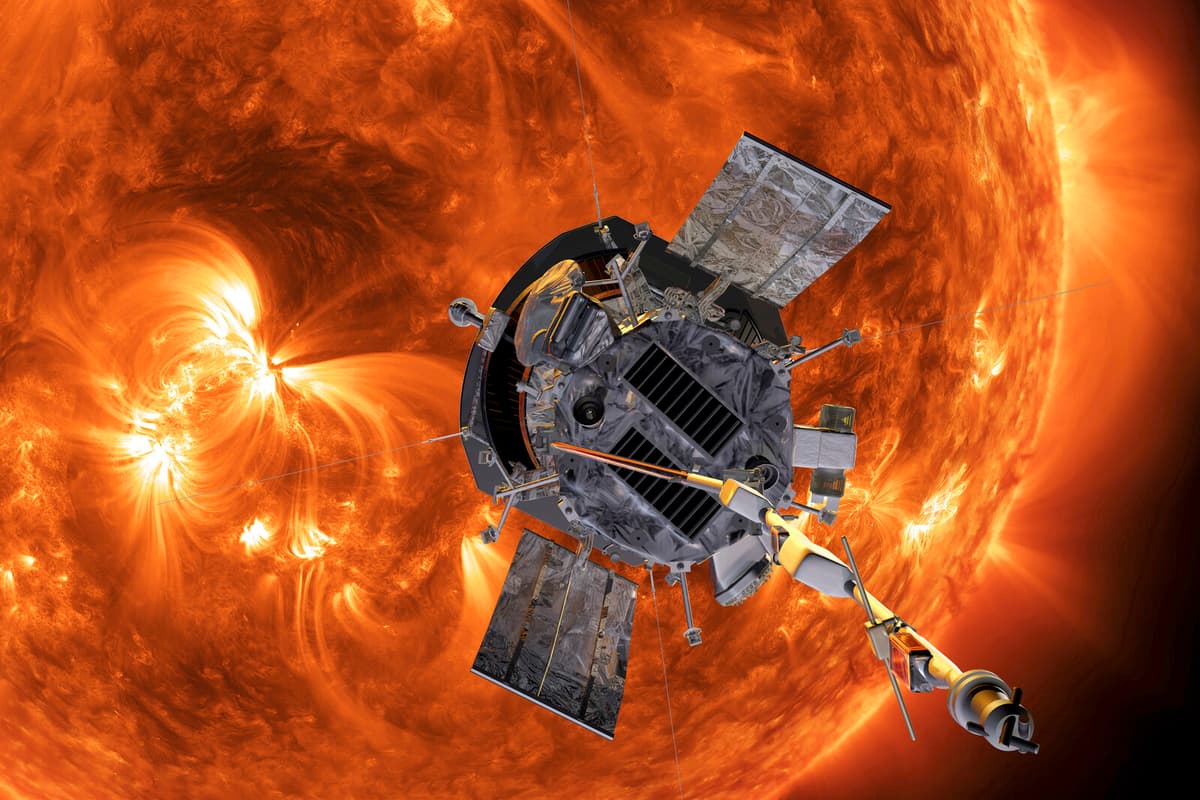Earlier in the week, it became clear that the probe had begun an attempt to approach the sun, but it wasn't until Friday Swedish time that NASA could again receive signals from its spacecraft – and get confirmation that it had survived its record-breaking journey.
The probe approached the sun at a distance of approximately 6.1 million kilometers, which means that its heat shield was exposed to temperatures of up to 980 degrees Celsius. Despite the high heat, it is estimated that the instruments in the probe were not exposed to temperatures higher than around 29 degrees.
We are 93 million miles (approximately 150 million kilometers) from the sun. If I place the sun and the earth one meter apart, Parker Solar Probe is four centimeters from the sun – so it's close, says Nicola Fox, science chief at NASA, to the British BBC.
The mission aims to, among other things, increase understanding of how solar wind arises and how so-called coronal mass ejections – plasma clouds that are hurled through space – are formed.
The probe was launched in 2018 and has passed by the sun around 20 times – but never come as close to the sun as now. If everything goes as planned, the spacecraft will pass close to the sun again in March and June next year.





